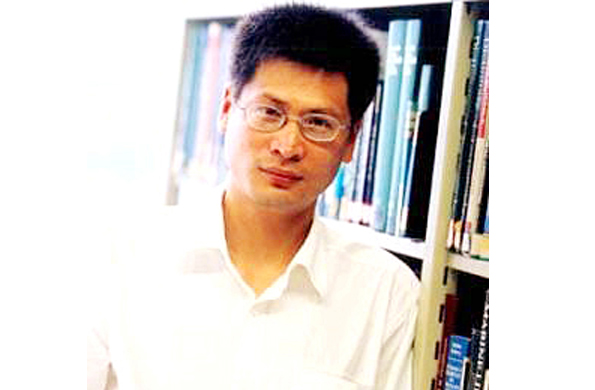Doctoral programs increase enrollment, draw concerns
 Recently, more than 40 Chinese universities, such as Renmin University of China, Nankai University, Southeast University, Shanghai Jiaotong University and the University of the Chinese Academy of Sciences consecutively released their admissions brochures. Doctoral programs announced that they were planning to recruit more students, which has aroused public concern.
Recently, more than 40 Chinese universities, such as Renmin University of China, Nankai University, Southeast University, Shanghai Jiaotong University and the University of the Chinese Academy of Sciences consecutively released their admissions brochures. Doctoral programs announced that they were planning to recruit more students, which has aroused public concern. According to some public opinion, the increased class size is intended to ease the current employment pressure of university graduates.
The lurking concern is this: If the quality of education is not valued enough, the increased class size will only aggravate the bubble of doctoral education and negatively affect the employment prospects of the doctoral graduates.
In terms of the scale of doctoral education in China, the years from 1999 to 2004 were a period of fast development—the number of enrolled doctoral students rose from 19,900 to 53,300, an increase of 168%. Subsequently, the increase of enrollment was controlled. During the twelve years from 2005 to 2016, the enrolled doctoral students in China increased by 22,500, an increase of only 41%. However, a new round of increased enrollment began in 2017. The number of enrolled doctoral students totaled almost 100,000, an increase of 11,600 on the previous year.
The reason why China put the brakes on doctoral enrollment around 2005 is that the education system and public opinion believed that the doctoral enrollment was expanding too quickly. This resulted in the fact that doctoral education was far from satisfactory. For example, some universities took doctoral program applications and the scale of their doctoral programs as important indicators of education level. It was common for one mentor to tutor a dozen or even dozens of master’s and doctoral students at the same time. In addition, many studied for a PhD merely as a higher diploma rather than to engage in academic research.
What is the original reason for universities to develop doctoral education? Is it to cultivate high-quality talent, or is it to demonstrate the university’s educational achievements through the number of doctoral programs? Should PhD supervisors take their students just as assistants for thesis writing and publishing, the “staff” of their own research programs, or should they conduct academic study together with students so as to cultivate students’ academic interest, ability and knowledge of academic norms? For what reason should students pursue a PhD? For the enhancement of their abilities or just to get a higher diploma? These are questions that must be faced and resolved.
To improve the quality of doctoral education, the autonomy of schools should be more firmly guaranteed. The tutorial system needs to be improved, in which the reputation of supervisors in both teaching and academic study is important.
In addition, schools should explore the reform of doctoral enrollment. The application and admission system needs to be optimized around the academic potential and qualifications of the candidates.
Some universities stipulate that doctoral students must publish certain number of theses, which is the prerequisite to participate in a dissertation defense. This rule can divert supervisors’ and students’ attention to paper writing and publishing, which leads to “SCI worship” and the “paper-centric” phenomena. This easily breeds academic misconduct.
In today’s era of the popularization of higher education, the general public should shed their old concepts that prioritize diplomas. The diploma-oriented society should be transformed into an ability-oriented one. The goal is to optimize the talent training structure and prevent the disjunction between talent quality and social demand.
This article was edited and translated from Guangming Daily. Xiong Bingqi is deputy director of the 21st Century Education Research Institute.
edited by BAI LE
